Are Hair Extensions Bad For Your Hair? What You Should Know

Key Takeaways
- Are hair extensions bad for your hair? Hair extensions don’t automatically damage your hair. But tight, long-term styles like sew-ins or bonded extensions can lead to breakage or hair loss if misused.
- Clip-ins and halo extensions are less damaging because they don’t require glue, heat, or tension. They’re great for switching up your style without stress.
- Always prep your natural hair, see a professional for application, keep your scalp clean, and give your hair regular breaks to minimize damage.

Are Hair Extensions Bad For Your Hair?
Ready to try extensions made for your hair type and lifestyle? Explore safe, high-quality options at Livicor Hair — where beauty meets care.
Understanding Hair Extensions and Their Types
What Are Hair Extensions?
Hair extensions are strands of real or synthetic hair that you add to your natural hair to make it look longer, fuller, or more styled. They come in many types—like clip-ins, tape-ins, or sew-ins—and can be temporary or long-lasting, depending on what you need.
People use hair extensions for all kinds of reasons, from adding volume to trying a new look without cutting or colouring their hair. You can style them just like your real hair if they’re made from 100% human hair.

Hair extensions add more volume to your hair. Source: Advance Clinic
Different Types of Hair Extensions
There are different types of hair extensions, while they all help you get fuller, longer hair, each has its own method of application and wear time:
- Tape-In Hair Extensions: These are thin wefts of hair with sticky tape at the top. A hairstylist “sandwiches” your hair between them. They’re great for medium to thick hair, last 6–8 weeks, and can be reused up to three times. Quick to apply and perfect if you colour your hair often.
- Clip-In Hair Extensions: The easiest and most beginner-friendly type! You just clip them into your hair in minutes and take them out whenever you want. No glue, no damage—ideal for a night out or trying a new look without commitment.
- Flip-In (or Halo) Hair Extensions: These sit on your head using a nearly invisible wire, kind of like a headband hidden under your natural hair. Super easy to put on and remove. Great for occasional wear, though you may need to adjust them throughout the day.
- Bonded (Keratin) Hair Extensions: These use small keratin bonds melted onto your hair strand by strand. They’re flexible and natural-looking, especially good for fine hair. They last 2–4 months but take a few hours to apply.
- Halo Hair Extensions: A one-piece extension on a thin, clear thread that sits comfortably on your head. No damage or professional help is needed. Perfect for low-maintenance users and can last for years with proper care.
- Micro-Link Hair Extensions: These use tiny beads to attach individual extensions to your hair without glue or heat. They blend well and last long, but can tug on the scalp if applied too tightly, so not the best for fine hair.
- Sew-In Hair Extensions: Best for thick, coarse hair. Your hair is braided into cornrows, and extensions are sewn in with a needle and thread. They stay in place for weeks but must be installed and removed by a pro. Be sure to keep your scalp moisturised to prevent breakage.
Are Hair Extensions Bad For Your Hair?
The short answer is: they can be, but only if they’re not applied or cared for properly.
If you’ve ever wondered, "Do hair extensions damage your hair?" or "Do hair extensions ruin your hair," the truth is, it depends on the type of extensions and how you use them.
For instance, heavier, long-term styles like bonded, sew-in, or micro-link extensions can put stress on your scalp and roots if they’re too tight or left in for too long. This pressure may lead to breakage or even hair loss in some cases, especially if your hair is fine or fragile.
This condition is known as traction alopecia, which happens when constant pulling weakens your hair follicles. So yes, in some situations, hair extensions can cause hair loss, but that doesn’t mean all extensions are bad.

Hair extensions are not necessarily bad for your hair. Source: Invisible Bead Extensions
Gentler options like clip-ins or halo extensions are much less likely to cause problems. Since they don’t require glue, heat, or pulling, they’re safer for your natural hair when used correctly and not worn daily.
The key is to choose the right type for your hair, have it applied by a professional (if needed), and give your scalp and hair regular breaks. And of course, keep your hair clean, moisturised, and detangled!
So no, hair extensions don’t automatically ruin your hair, but like anything, it’s all about how you use them.
Tips for Minimising Damage from Hair Extensions
Hair extensions can totally transform your look—but only if you treat your natural hair with care. Here are some simple, real-life tips to keep your hair healthy while enjoying the benefits of extensions:
- Prep your natural hair first: Before you install any extensions or weave, make sure your real hair is clean, moisturised, and strong. Use a good conditioner, remove any product buildup, and keep up this healthy hair routine even while wearing extensions. Strong hair = better results.
- Go to a professional stylist: Extensions and weaves should always be applied by someone who knows what they’re doing. If anything feels too tight or painful during the process, speak up! Tight styles can lead to hair thinning or even permanent hair loss (called traction alopecia). A good stylist will know how to adjust it safely.
- Keep your hair and scalp clean: Even with extensions, you still need to wash your hair regularly. Use a gentle shampoo and moisturising conditioner to clean your scalp and keep it hydrated. If you wear clip-ins, take them out before washing to avoid tangling and damage.
- Be gentle with your edges: Your edges (the soft baby hairs around your hairline) are super delicate. Use water-based gels and moisturise them with leave-in conditioner. Avoid too much heat or tight styling around this area.
- Give your hair a break: Don’t wear extensions nonstop. After 2–3 months, take a break and let your natural hair breathe. Try a no-extension style for a few weeks to help your hair recover and stay strong.

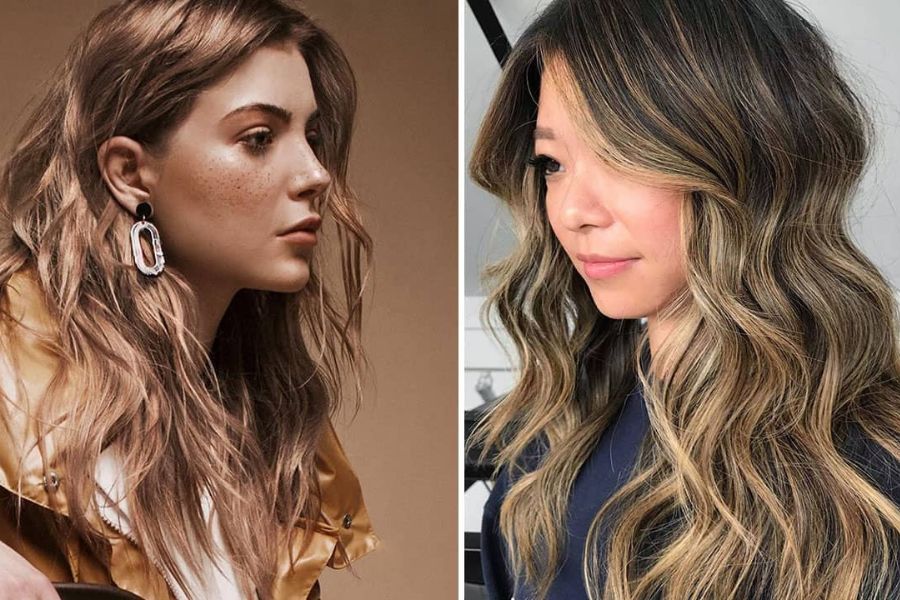

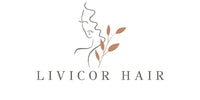
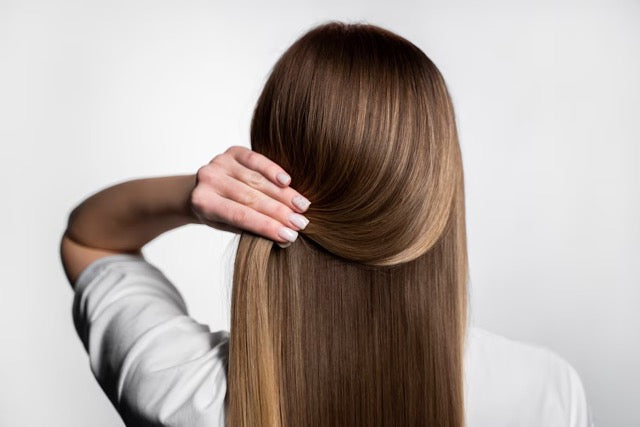
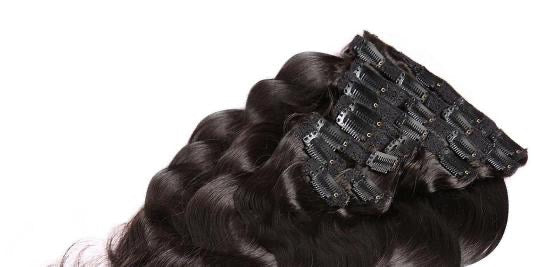
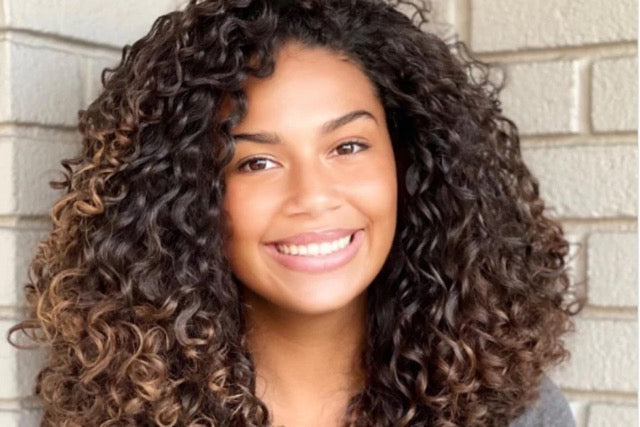
Comments